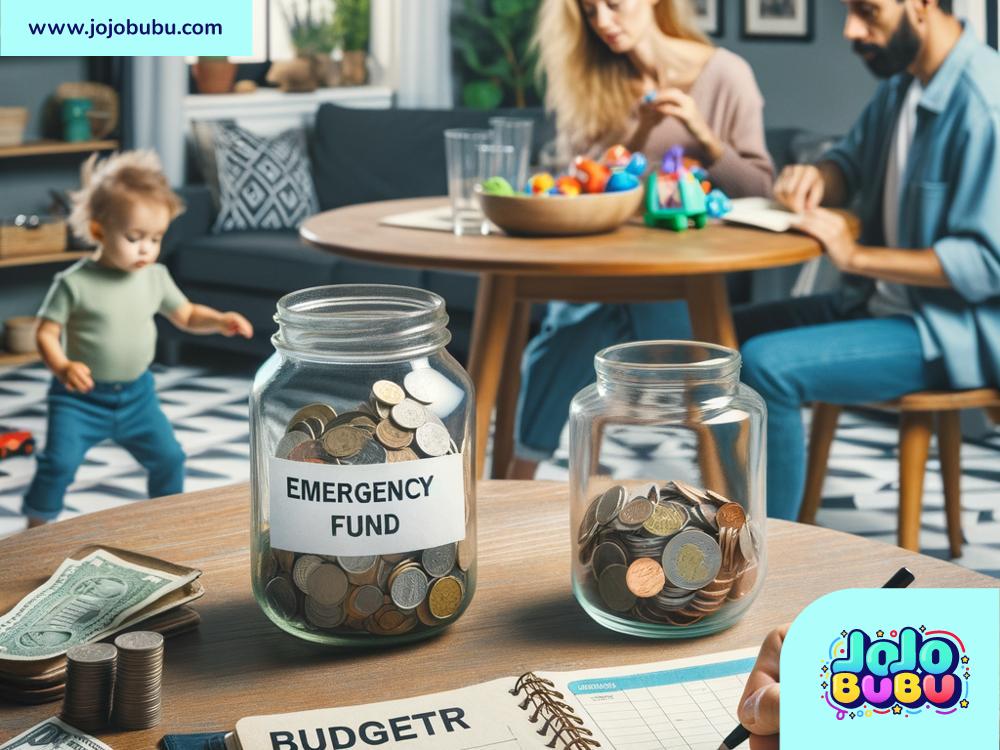Saving for Emergencies: Why It’s Important and How to Start
Life is full of surprises. Sometimes, everything goes smoothly, but other times unexpected things happen—a car needing repairs, a broken appliance, or even losing your job. These surprise events can be stressful and expensive, especially if you don’t have extra money set aside to handle them. That’s why saving for emergencies is important. It’s like having a safety net to catch you when life throws you a curveball.
In this blog, we’ll talk about why you need an emergency fund, how much you should save, and easy steps to start building one. Don’t worry, you don’t need to be an expert in money management to begin—it’s all about taking small, simple steps toward financial security.
What Is an Emergency Fund?
An emergency fund is money you save to handle unexpected expenses. It’s like your “just-in-case” money. This can include things like paying for urgent medical bills, fixing your car, replacing a broken furnace, or covering your everyday needs if you lose your income temporarily.
The key to an emergency fund is that you don’t touch this money unless there’s a real emergency. It’s not for buying a new TV, going on vacation, or splurging on dinners out. Instead, it’s meant to help you stay financially stable when unplanned costs pop up.
Why You Need an Emergency Fund
Emergencies can happen to anyone. No matter how well you plan, life is unpredictable, and money problems can catch you off guard. Having an emergency fund gives you peace of mind because you’ll know you’re prepared to handle tough situations without borrowing money or falling behind on your bills.
Here are some reasons why an emergency fund is essential:
-
Avoiding Debt: When unexpected expenses arise, many people turn to credit cards or loans to cover the cost. But borrowing money often comes with high-interest rates, making it harder to repay your debt. An emergency fund ensures you don’t have to rely on credit.
-
Reducing Stress: Financial problems can cause a lot of stress. Knowing you have money saved can ease your worries and help you focus on solving the issue instead of panicking about how to pay for it.
-
Protecting Your Goals: Without an emergency fund, you might be forced to dip into savings meant for other life goals—like buying a home, paying for college, or enjoying retirement. Keeping separate savings protects your future plans.
How Much Should You Save?
The amount of money you need in your emergency fund depends on your personal situation. Financial experts often recommend saving enough to cover three to six months of living expenses. This means if your monthly expenses (rent, groceries, transportation, etc.) total $2,000, you should aim to save between $6,000 and $12,000.
That may sound like a lot, but don’t let the numbers overwhelm you. You don’t have to save it all at once! Start small, even if it’s just $20 a month, and gradually build it up. Having a little saved is way better than having nothing.
If saving several months of expenses feels unrealistic, aim for a starter emergency fund of $500 to $1,000. This amount can handle smaller emergencies, like fixing a flat tire or paying for an urgent doctor’s visit.
Simple Steps to Start Saving
If you’re ready to start building an emergency fund, here are some easy steps:
-
Set a Goal: Decide how much you want to save. Start with a small, achievable goal, like $500, and increase it later. Having a clear goal keeps you motivated.
-
Create a Budget: Look at your income and spending to find areas where you can cut back. Maybe you can skip eating out, cancel unused subscriptions, or shop for sale items. Use that extra money to fund your savings.
-
Open a Separate Savings Account: It’s helpful to keep your emergency fund in a different account so you’re not tempted to spend it. A high-interest savings account is a good option because your money can grow over time.
-
Start Small: Save what you can, even if it’s just a little. If you put $10 a week into your emergency fund, you’ll have $520 by the end of the year.
-
Make Saving Automatic: Set up automatic transfers from your checking account to your savings account. This way, you don’t have to rely on remembering to save—it happens on its own.
-
Use Windfalls Wisely: If you receive unexpected money, like a bonus, tax refund, or birthday gift, add some (or all) of it to your emergency fund.
Stay Consistent
Building an emergency fund takes time and patience. Treat it like a habit and stay consistent. Even if you start small, the important thing is that you’re making progress. Avoid using the money unless it’s a true emergency, and keep contributing regularly.
Conclusion
Saving for emergencies is one of the smartest financial moves you can make. It protects you from debt, reduces stress, and keeps your life on track when unexpected expenses arise. Even if you can only save a little at first, that small step can make a big difference later.
Remember, emergencies don’t announce themselves—they just happen. By having a financial safety net, you’re giving yourself the gift of stability and peace of mind. So start today, and watch your emergency fund grow over time!

